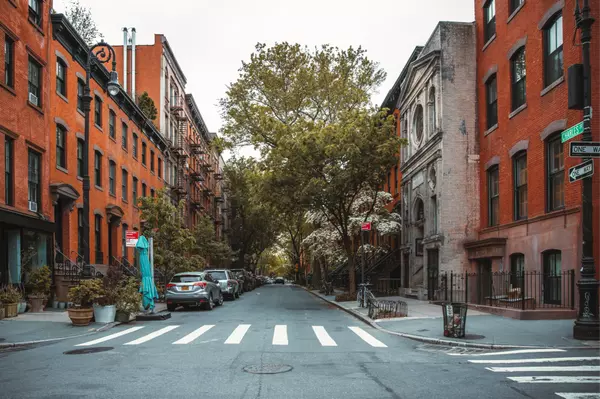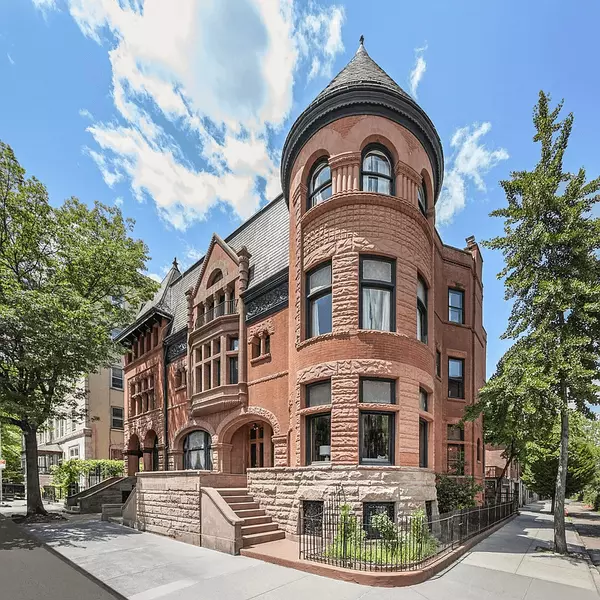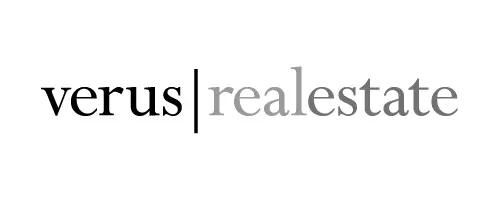Virtual real estate: will it become the future of homeownership?
The pandemic has once and forever changed the way we study, work, and communicate. The popularity of remote work continues to grow, and now, many of us have the flexibility to live anywhere in the world. Zoom has created a new learning environment and replaced the office culture. The next step to moving online is virtual real estate.
Metaverse is a digital world where users can connect with each other, trade, and even buy a piece of virtual land. Those, who want to invest in a digital estate and those, who plan to buy a physical property, often consider similar factors, such as location, size, proximity to amenities, and famous neighbors. Last year, someone paid $450,000 for a digital piece of land next to Snoop Dog’s house in the metaverse, according to Rolling Stone.
The growing market value of homes across the county makes the dream of owning a physical space even less achievable, especially in big cities like New York, where the number of potential homebuyers exceeds the listing inventory. In 2021, the median price for an American home increased by nearly 20 percent, the New York Times reports.
The appeal of owning digital land is growing and attracting big transactions. Virtual platforms like The Sandbox, Decentraland, CryptoVoxels, and Somnium Space have collectively made almost $100 million in land sales. The metaverse pioneer The Sandbox has worked with Adidas, Snoop Dogg, Walking Dead and recently announced a partnership with Warner Music to create a virtual music-themed world.
In many ways, digital real estate is similar to real-world one. However, you might face significant risks if you decide to invest in virtual property. Digital platforms might experience a security breach, cyberattacks, or become irrelevant and lose most of their users.
In the early 2000s, real estate developer Ailin Graef, better known as Anshe Chung, made $1 million by selling virtual property in an online game Second Life. In 2007, the game reached 2 million monthly users and even had its own GDP. Second Life created a digital experience that mimicked the real world. Users had the opportunity to chat, build a relationship, get married and buy a home. But a couple of years later, people who signed up to the platform started to leave. Second Life failed to meet users' expectations due to weak security, limited features, and inability to compete with other digital platforms.
Overall, virtual worlds have a lot to offer to their users: from unlimited entertainment and communication to business and investment opportunities. But currently, it is impossible to assess the value of a digital property and predict how much you can earn or lose from buying it. As of now, the risks of owning virtual real estate are significant, and the benefits are unclear.
Image credit:
Resources:
“Unreal Estate,” by Scott Galloway (No Mercy/No Malice, 2022)
“Someone Spent $450,000 for ‘Land’ Next to Snoop Dogg’s NFT House,” by Samanta Hissong (Rolling Stone, 2021)
“The Sandbox Partners with Warner Music Group to Create a Music-themed World in the Metaverse,” (Medium, 2022)
“Metaverse REAL ESTATE Explained - What to Know BEFORE You BUY,” by CoinMarketCap (YouTube, 2021)
“Something Has to Give in the Housing Market. Or Does It?” by Emily Badger (The New York Times, 2022)
“Over $100 million in Metaverse Land Sales Last Week,” by Hristina Yordanova (DappRadar, 2021)
“Second Life realtor makes $1 million,” by Emma Boyes (Game Spot, 2006)
“THE DIGITAL RUINS OF A FORGOTTEN FUTURE,” by Leslie Jamison (The Atlantic, 2017)
Categories
Recent Posts










GET MORE INFORMATION

